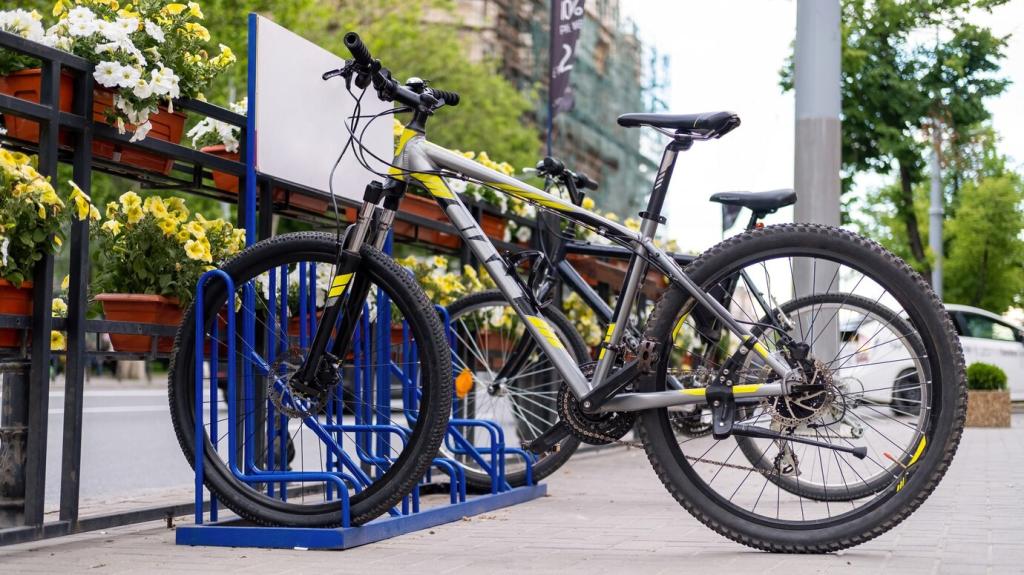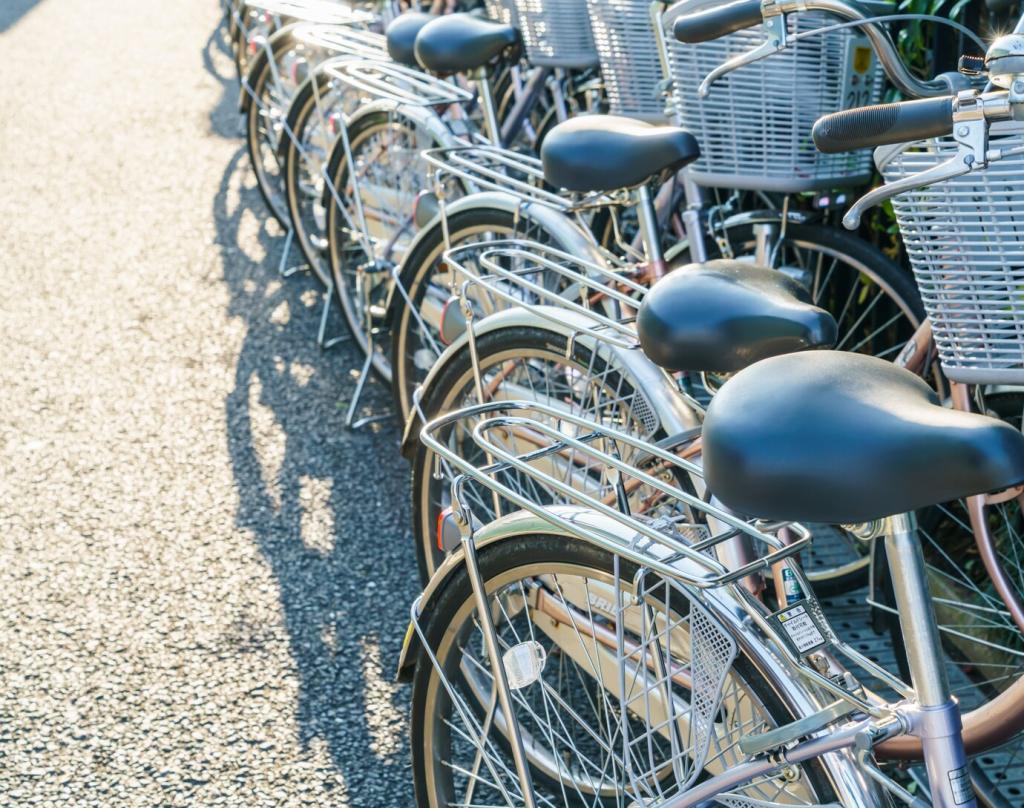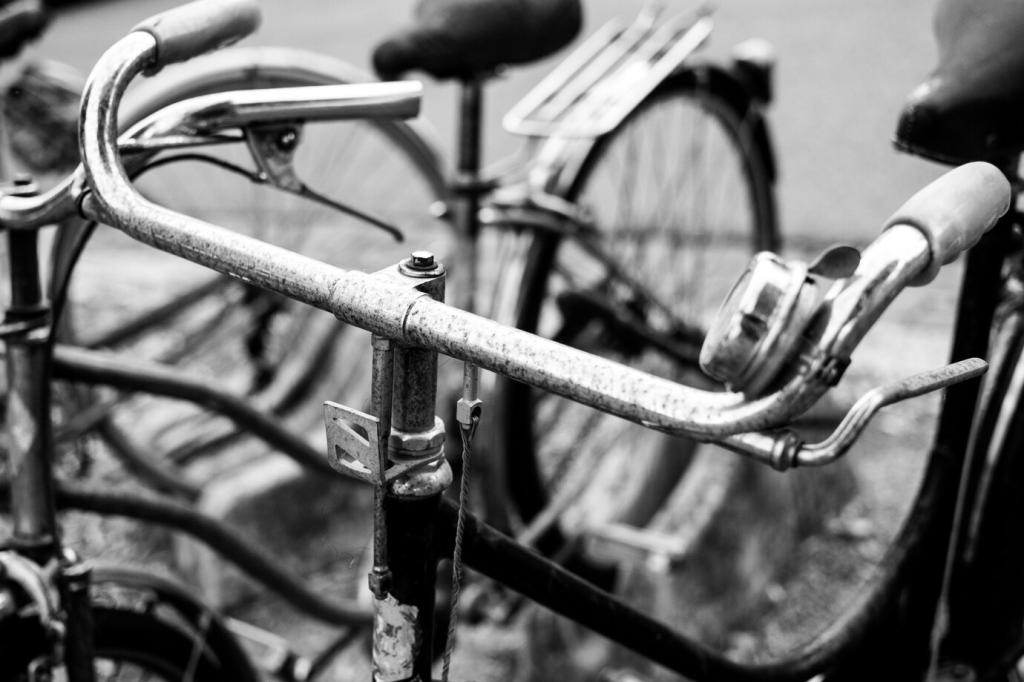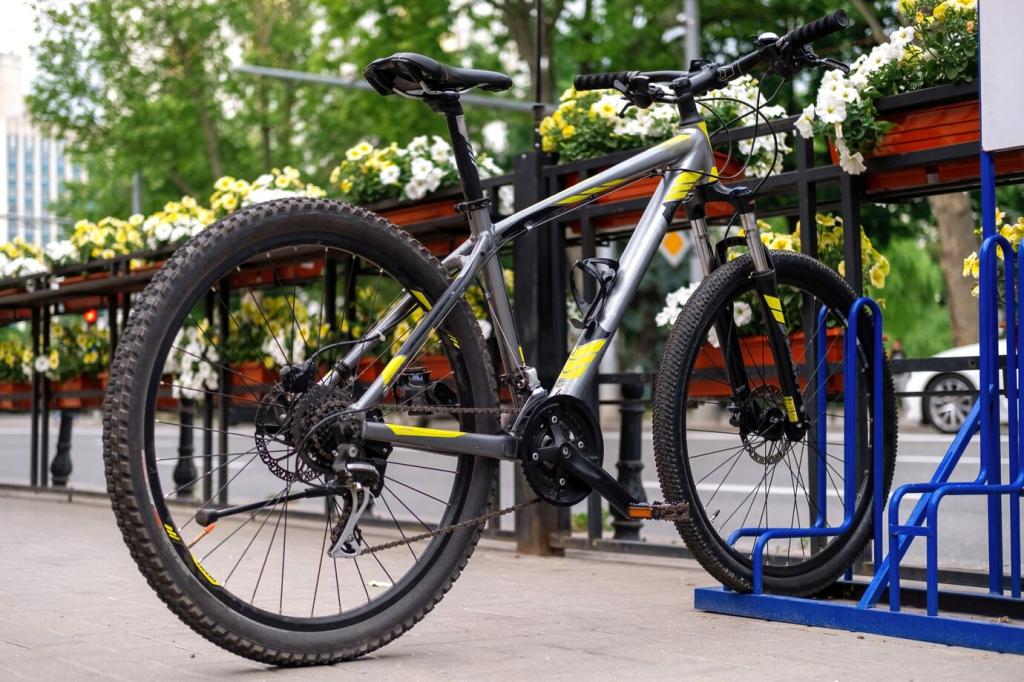Skills That Unlock Adaptability
On mountain trails, hinge at the hips, drop the heels, and keep elbows soft to float over obstacles. On roads, relax shoulders, engage the core, and stay tall when grinding. Which drill sharpened your balance? Share it and challenge a friend to master it this week.
Skills That Unlock Adaptability
Gravel rewards wider lines, early braking, and gentle lean with steady throttle. Tarmac invites later apexes and progressive braking. Vision leads everything. Compare your favorite corner on both surfaces, and tell us how tire choice changed your confidence when the radius suddenly tightened.










